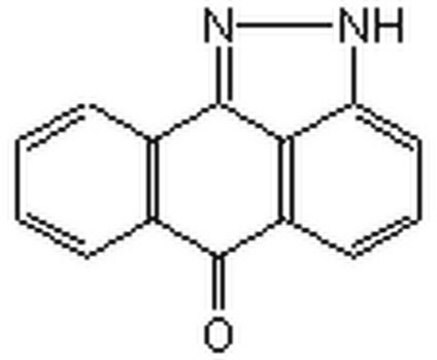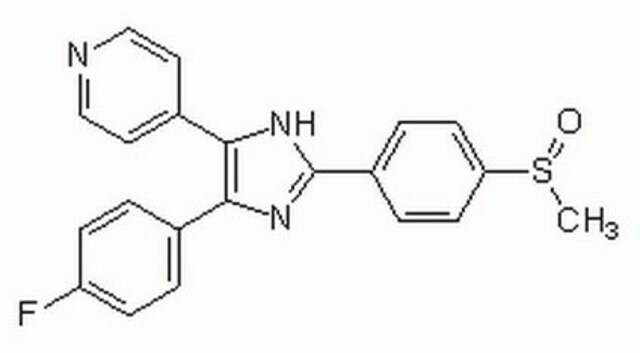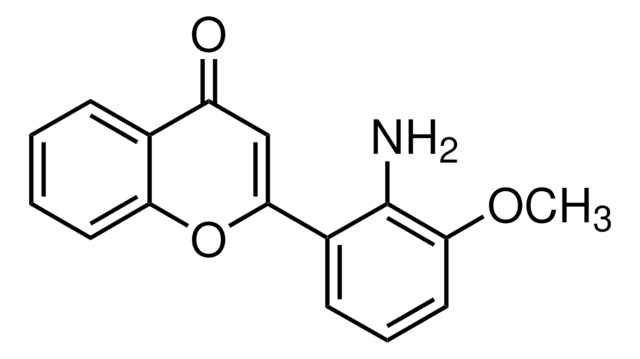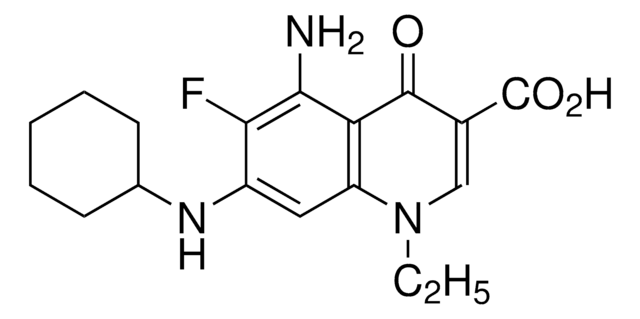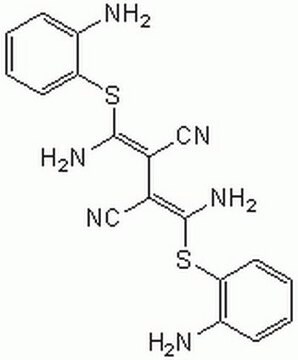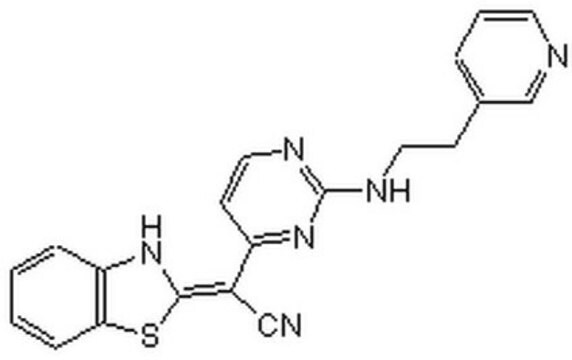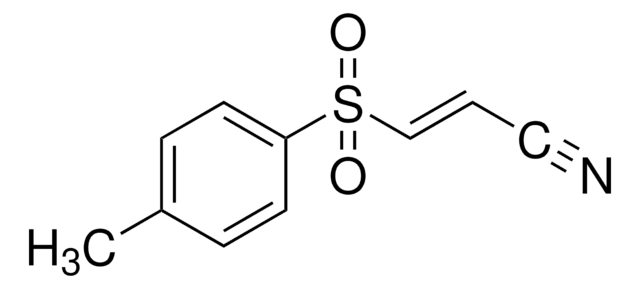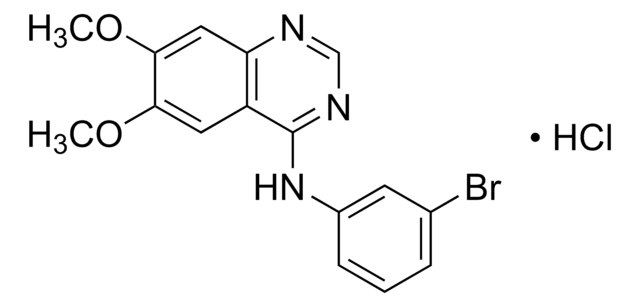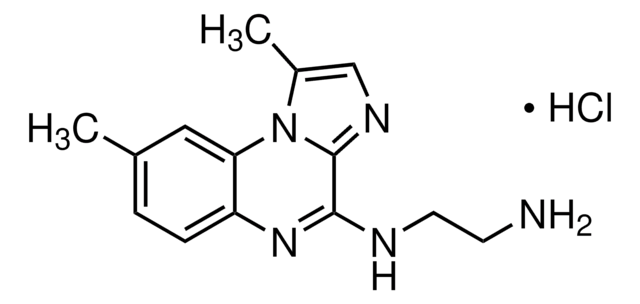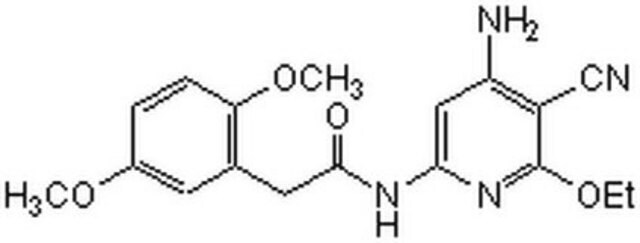Kluczowe dokumenty
S5567
SP600125
≥98% (HPLC), powder or solid, JNK inhibitor
Synonim(y):
1,9-Pyrazoloanthrone, Anthrapyrazolone
About This Item
Polecane produkty
Nazwa produktu
SP600125, ≥98% (HPLC)
Poziom jakości
Próba
≥98% (HPLC)
kolor
yellow
rozpuszczalność
DMSO: 20 mg/ml, clear to very slightly hazy, faintly yellow to yellow
H2O: insoluble
temp. przechowywania
2-8°C
ciąg SMILES
O=C1c2ccccc2-c3n[nH]c4cccc1c34
InChI
1S/C14H8N2O/c17-14-9-5-2-1-4-8(9)13-12-10(14)6-3-7-11(12)15-16-13/h1-7H,(H,15,16)
Klucz InChI
ACPOUJIDANTYHO-UHFFFAOYSA-N
informacje o genach
human ... JUN(3725) , MAPK10(5602) , MAPK9(5601)
Zastosowanie
Działania biochem./fizjol.
Kod klasy składowania
11 - Combustible Solids
Klasa zagrożenia wodnego (WGK)
WGK 3
Temperatura zapłonu (°F)
Not applicable
Temperatura zapłonu (°C)
Not applicable
Środki ochrony indywidualnej
dust mask type N95 (US), Eyeshields, Gloves
Wybierz jedną z najnowszych wersji:
Masz już ten produkt?
Dokumenty związane z niedawno zakupionymi produktami zostały zamieszczone w Bibliotece dokumentów.
Klienci oglądali również te produkty
Produkty
Naive pluripotent stem cells are located within the epiblast of mature blastocysts. These primitive “ground-state” cells may be cultured in vitro using specialized media and small molecule inhibitors.
Nasz zespół naukowców ma doświadczenie we wszystkich obszarach badań, w tym w naukach przyrodniczych, materiałoznawstwie, syntezie chemicznej, chromatografii, analityce i wielu innych dziedzinach.
Skontaktuj się z zespołem ds. pomocy technicznej